Northern Vietnam
Hanoi Captital
Mai Chau
A trip to Sapa isn’t complete without visiting the ethnic minority villages of Lao Chai and Ta Van. It’s the perfect place to breathe in the fresh air and soak in the rich natural beauty of the northwestern mountains and forests.
Just 10 kilometers from Sapa Town center, you’ll find the villages of Lao Chai and Ta Van. Nestled between the Hoang Lien Son and Ham Rong mountain ranges, these villages offer an expansive, poetic beauty with vibrant green terraced fields and gentle streams winding alongside white stone paths.

Lao Chai and Ta Van are home to the Mong, Giay, and Red Dao ethnic minorities, each with their own unique culture. Unlike the lively Sapa Town, the village life here is wonderfully simple and rustic. Visitors can easily spot the ethnic Giay people cultivating rice in the valleys or the Mong people planting corn on the high hillsides.
The peaceful atmosphere and the magnetic beauty of the terraced rice fields stretching across the hillsides are the highlights, drawing tourists to Lao Chai – Ta Van.

Despite being near Sapa’s center, the journey to Lao Chai and Ta Van can be quite difficult to navigate due to the mountainous terrain, especially for first-time visitors to this highland area.

For convenience and safety, we suggest booking a Sapa tour with Fola Travel. You’ll enjoy comfortable bus transfers from Hanoi, taking you directly to must-see spots like Lao Chai and Ta Van Villages, or the Fansipan Summit. Our tour packages also include all entrance fees, food, and accommodation, ensuring you have a complete and worry-free Sapa experience.
See more: Best Sapa tours for 2025.
Along the route to Lao Chai and Ta Van Villages, don’t miss the chance to explore the bustling streets of Cau May and Muong Thanh, where you can take a break and enjoy some hot and delicious specialties.
With its enveloping mountains and forests, Lao Chai – Ta Van enjoys a wonderfully cool and pleasant weather throughout the year. It’s truly an ideal destination for tourists hoping to find a peaceful retreat with their loved ones.
Lao Chai and Ta Van Villages truly shine during the ripe rice season in September or April each year. This is when the terraced fields transform into a shimmering, bright yellow spectacle, stretching from the foot of the village all the way to the hilltops. The golden rice season is the busiest time here, and every visitor is simply amazed by this romantic scenery.
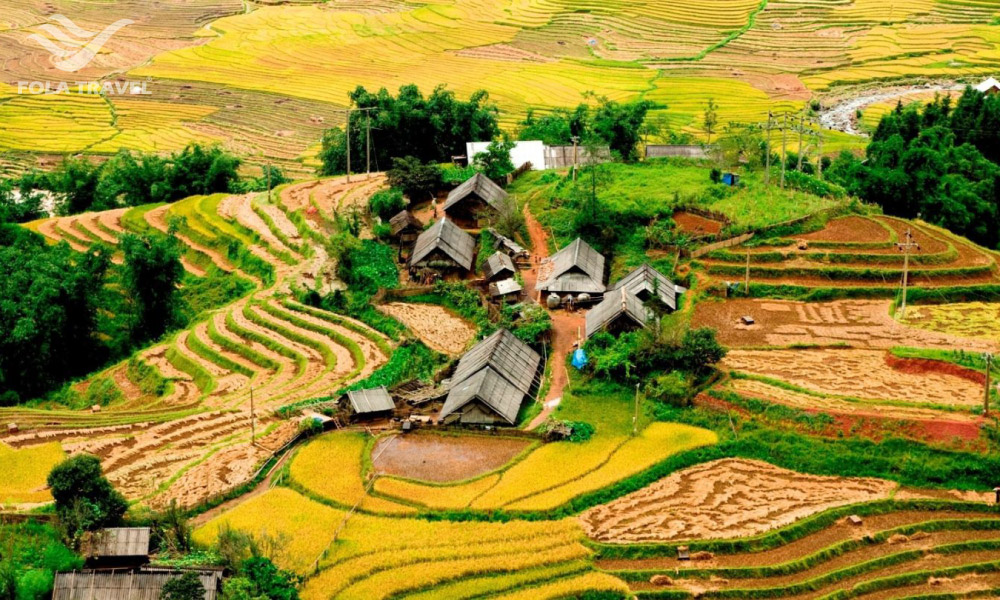
From May to June, the “water pouring” season offers a unique experience that visitors shouldn’t miss. During this time, the terraced fields are submerged in clear water, creating a stunning effect from afar, like vast mirrors reflecting the colors of Sapa’s sky and forests.
In Ta Van Village, the plum blossoms typically bloom a bit late, usually around mid-February. These beautiful blossoms appear quickly and fade just as fast, lasting only about 2-3 weeks. So, visitors should plan their trip carefully to capture stunning photos amidst the dreamy white flower forest.
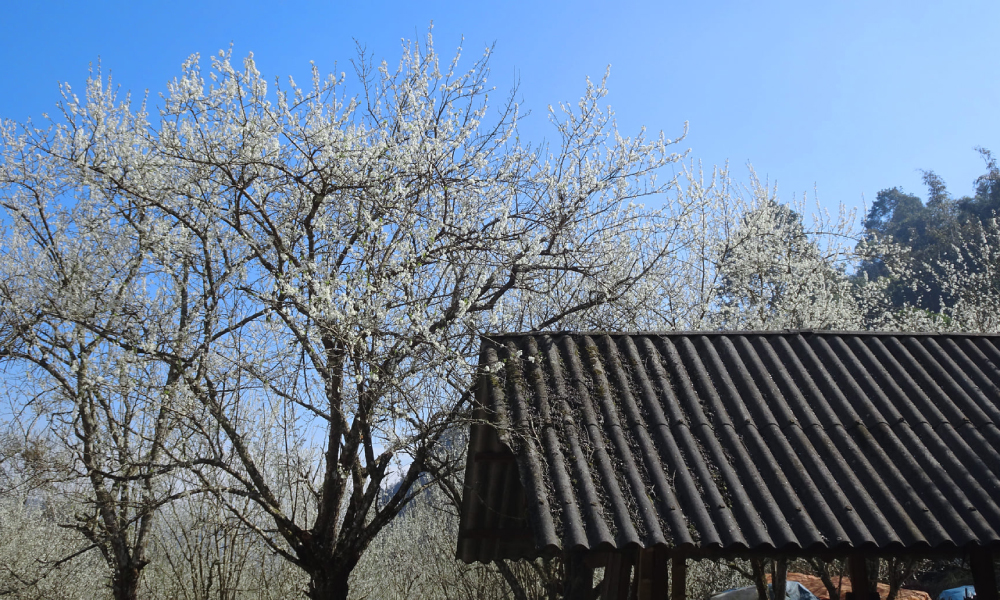
When you visit Lao Chai and Ta Van Villages, a trekking trip is a must to truly experience the magnificent natural beauty here.
The villages are surrounded by terraced fields stretching around the valley, climbing up the gentle hillsides. In spring, these green rice fields rustle softly in the wind, while during harvest season, Sapa’s mountains and hills appear to wear a stunning golden coat. These winding terraced fields are a perfect natural masterpiece, a true highlight of both Lao Chai and Ta Van.
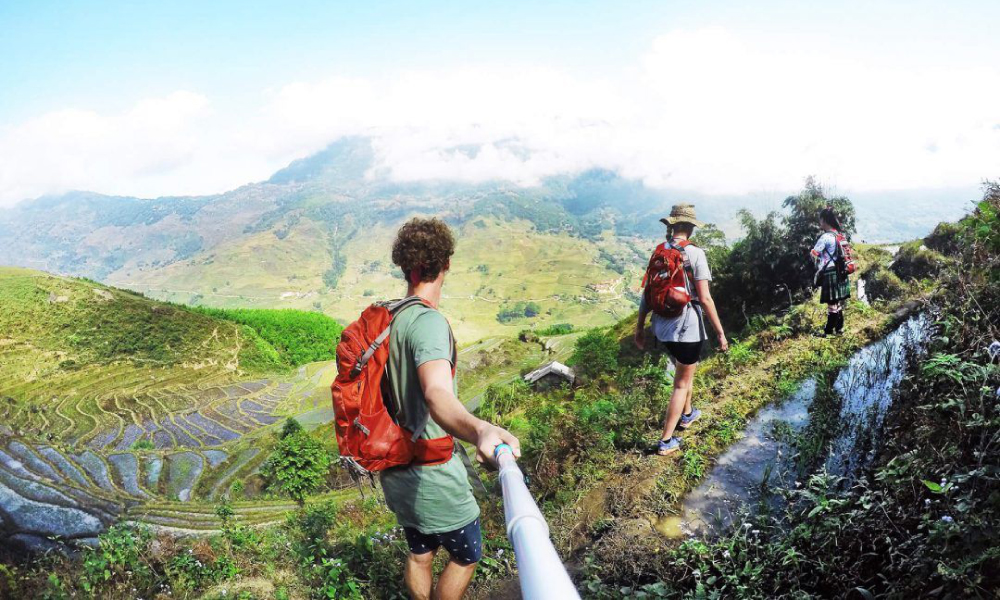
Located on the road connecting Lao Chai and Ta Van Villages, the suspension bridge area at Muong Hoa Stream is a popular spot for photos, loved for its rustic and poetic natural beauty.
The suspension bridges here are woven from rattan and thin wooden bars, hanging across the fast-flowing Muong Hoa Stream. Walking on the rattan bridge, the gentle sways make visitors feel like they are walking on air!
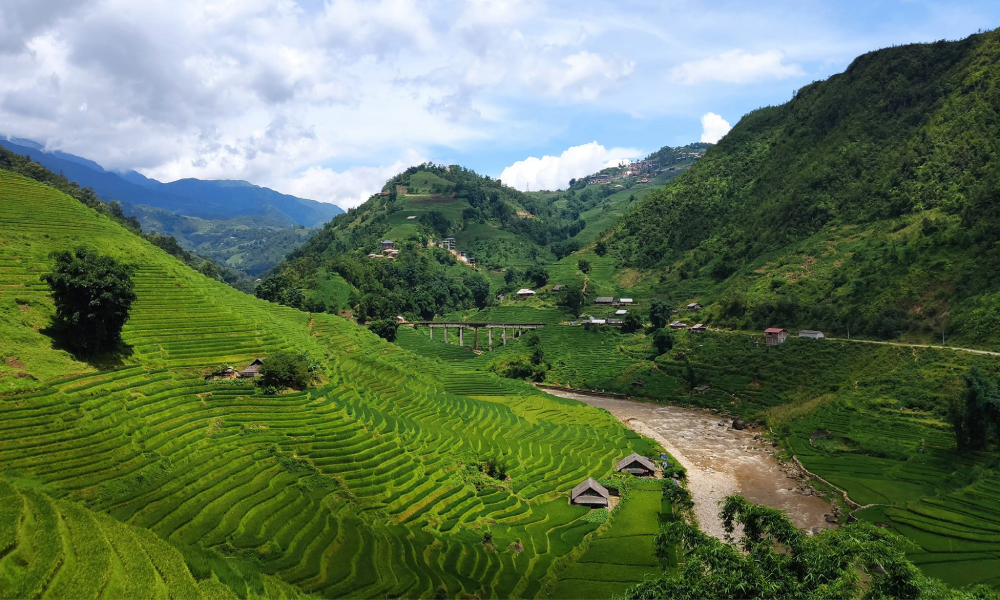
Beyond these unique rope bridges, Lao Chai Village also has several beautiful concrete suspension bridges that span Sapa’s majestic mountains and forests, with the bridge over the Y Linh Ho dam being particularly prominent.
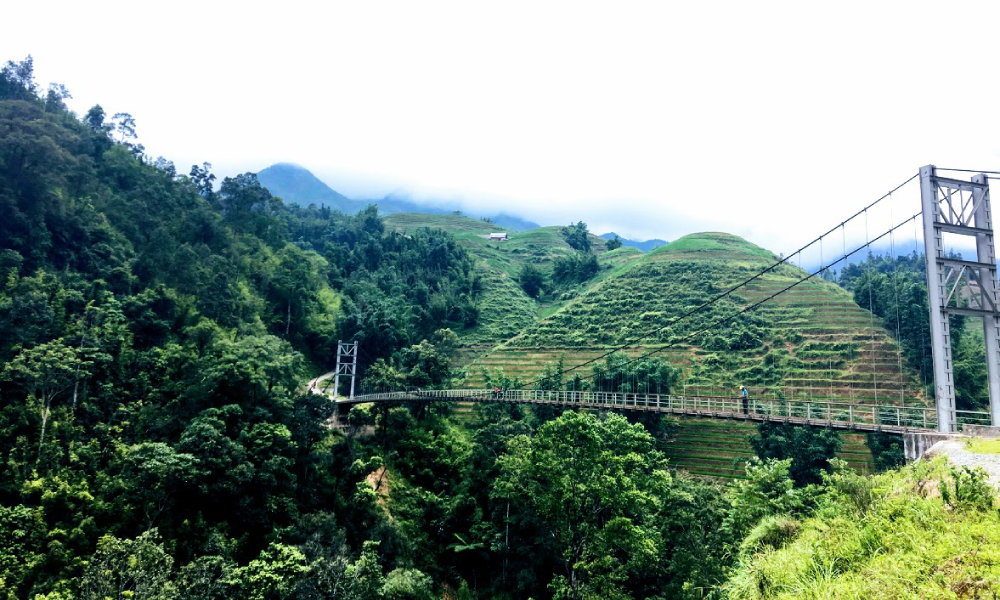
Stepping into the stilt houses of the ethnic minorities in Lao Chai and Ta Van Villages provides a glimpse into traditional highland architecture. Here, you can gain a deeper insight into local customs and practices and appreciate the beautiful cultural values that have been carefully preserved over time.
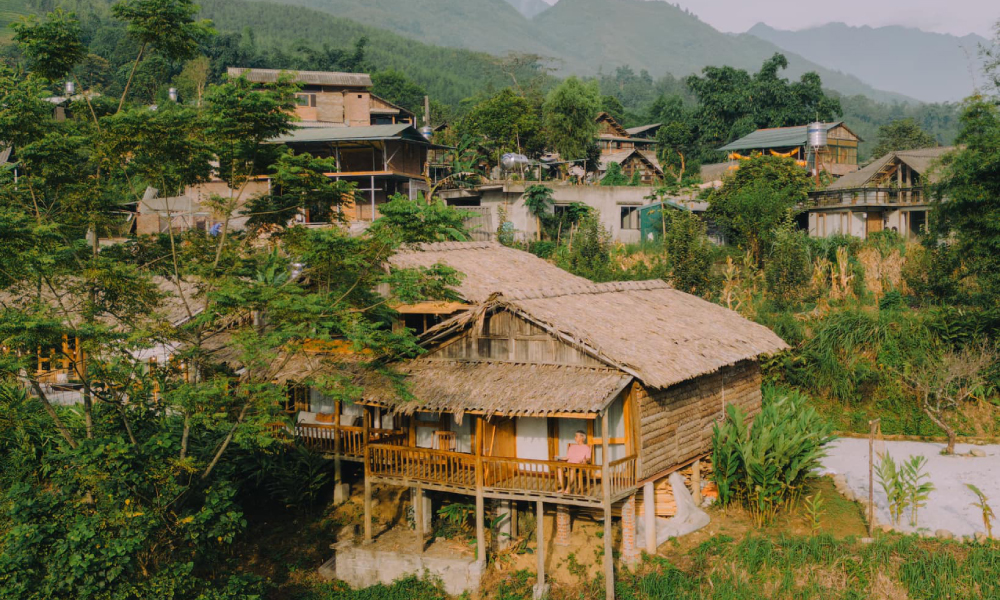
When visiting Lao Chai and Ta Van Villages, make sure to stop by local homes or restaurants to savor traditional dishes that capture the rich flavors of the Northwest mountains and forests. Indulge in specialties like grilled hill chicken, local pork, leaf cakes, and five-color sticky rice.
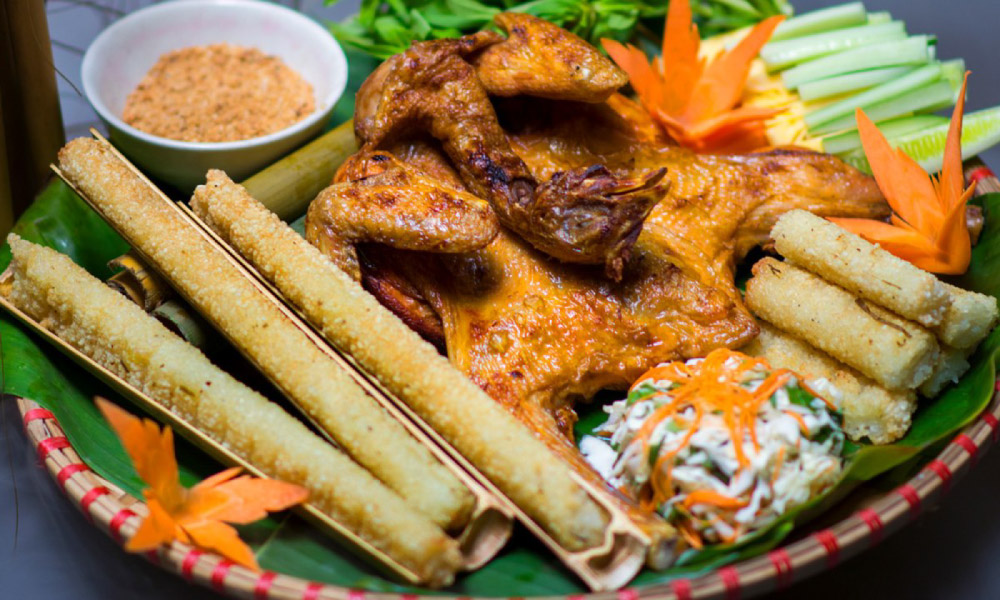
Not only that, tourists can also learn how to prepare these meals themselves, using fresh ingredients sourced directly from the surrounding mountains!
The weekend markets in Lao Chai and Ta Van Villages are a vibrant hub, primarily selling unique brocade items and souvenirs typical of the Northwest people. You’ll also find a variety of local products and fresh agricultural produce grown by the villagers.
These markets are a fantastic place for visitors to soak in the lively atmosphere, enjoy interesting highland activities, and pick up memorable souvenirs for friends and family.
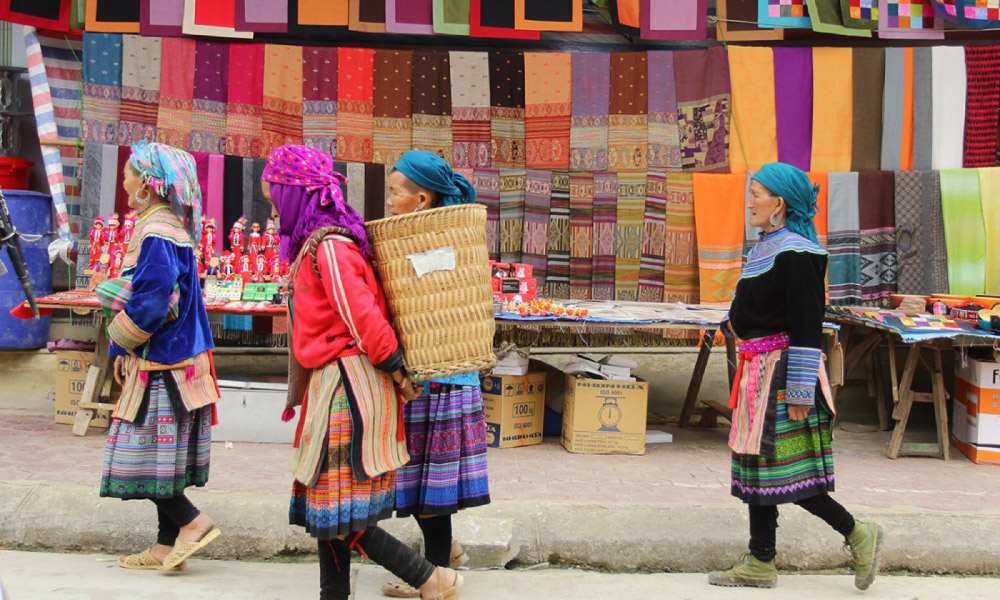
When you visit Ta Van Village, an absolute must-try experience is a herbal bath with the medicinal leaves of the Red Dao people. This special water, brewed from numerous precious herbs gathered in the mountains, is well-known for its countless positive effects on health.
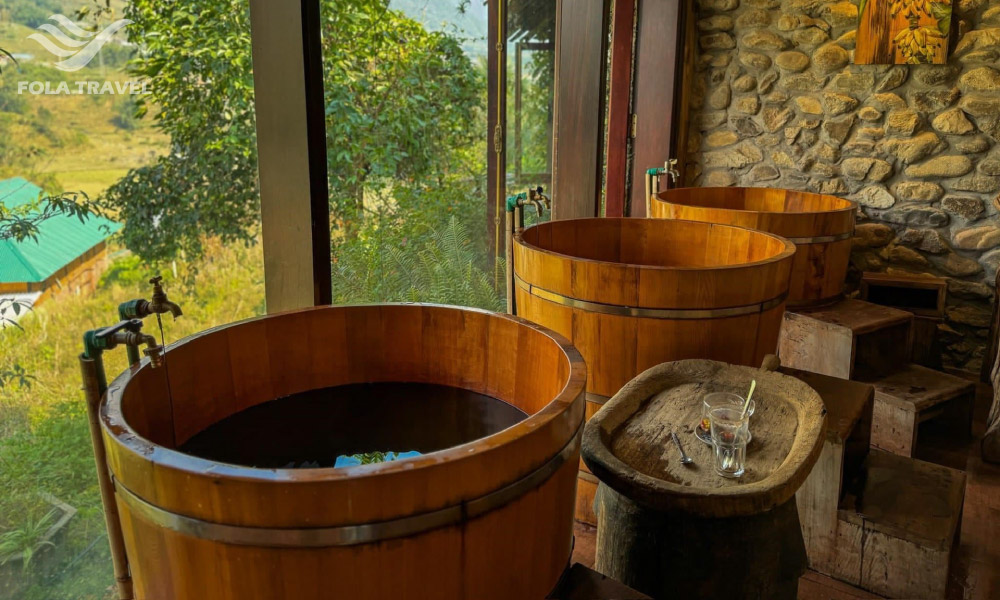
Sapa Town serves as an excellent starting point for exploring the unique ethnic villages and breathtaking mountain scenery of Vietnam’s highlands.
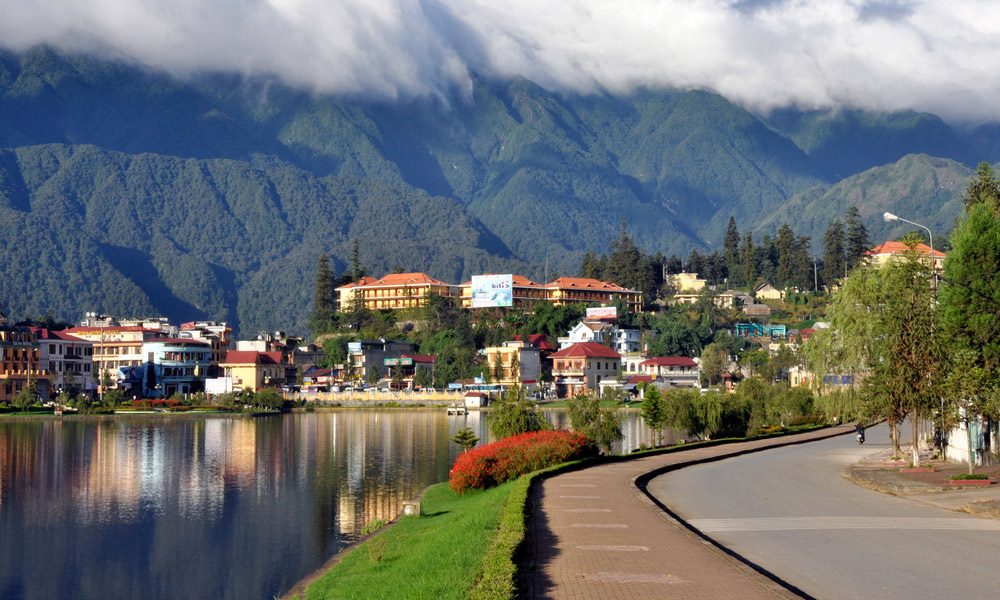
Discovered in 1925, the Sapa Ancient Stone Field near Lao Chai Village is home to nearly 200 unique stone blocks, each having distinctive patterns and shapes. Now recognized as a national relic, this impressive stone field is increasingly drawing a large number of tourists eager to visit and explore.
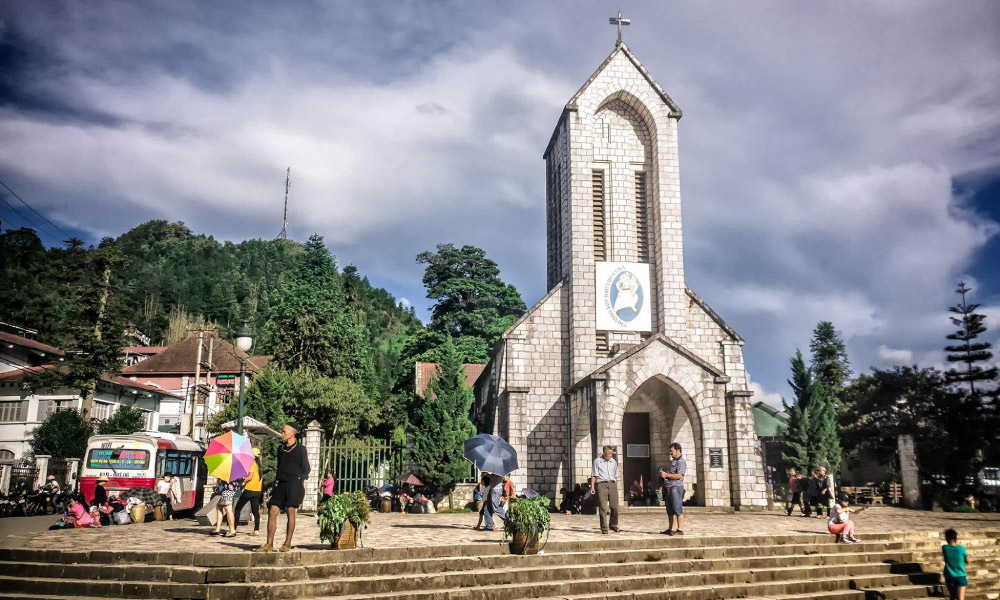
Just about 3 kilometers from Sapa Town Center is Cat Cat Village, a renowned tourist destination known as the most beautiful village in the Northwest mountains. Cat Cat Village captivates visitors with its charming beauty of simple wooden houses and gentle streams.
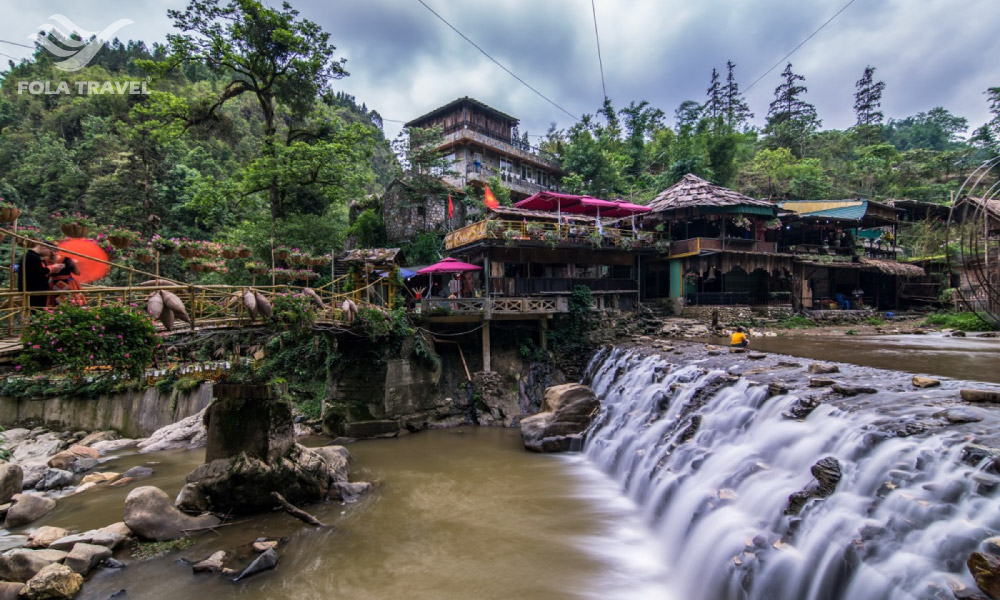
As Vietnam’s tallest mountain, Fansipan has become a legendary peak that many people want to conquer. The reward for reaching its summit is unparalleled: a breathtaking panorama of the magnificent Sapa’s mountains and forests, as well as the beautiful Muong Hoa Valley far below.
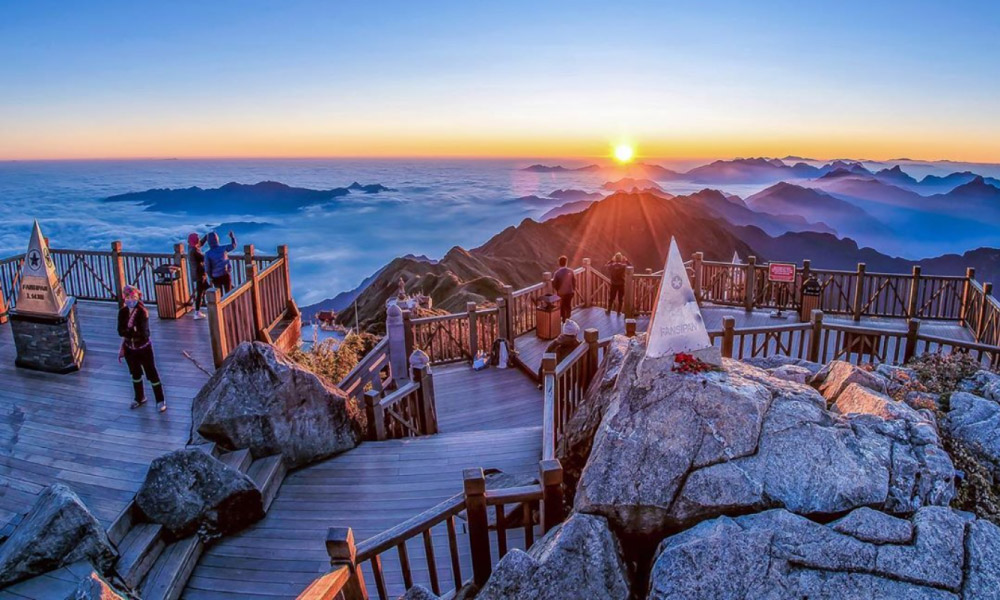
Hoang Lien National Park, recognized as one of Vietnam’s richest centers of biodiversity, stretches across four charming Sapa villages: Ban Ho, Ta Van, Lao Chai, and San Xa Ho. This is an ideal destination for anyone eager to explore the natural beauty of the Northwest mountains and forests.
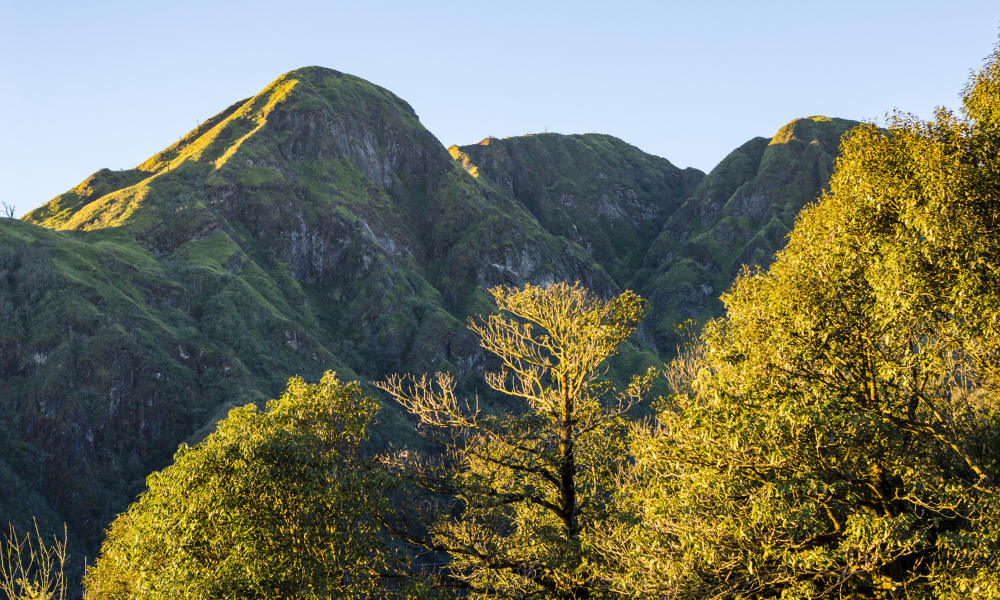
Yes, there is an entrance fee to visit Lao Chai and Ta Van Villages. The current fee is approximately US$3 per adult and US$2 per child (with children under 1 meter tall entering for free). Beyond this, there can be other costs depending on your needs, such as for drinks, vehicle rental, or renting ethnic costumes.
To capture beautiful pictures, you can rent traditional costumes from the Mong, Red Dao, or Giay ethnic groups. The rental price for a complete set, including accessories like headscarves, typically ranges from approximately US$2 to US$4.
Even if you’re visiting in the summer, it’s advisable to bring an extra jacket or warm clothes, as temperatures in these mountainous areas can drop significantly at night.
Given that the terrain in Lao Chai and Ta Van Villages primarily consists of hills, rivers, and uneven roads, we recommend packing comfortable, easy-to-walk clothing and footwear. It’s also a good idea to carry cash, as it will make shopping at the local markets much more convenient!
SHARE YOUR OPINION